Blade-to-Hub Connection Methods in Industrial Axial Fans
Industrial axial fans are essential components in ventilation systems for factories, tunnels, power plants, and high-rise buildings. One critical aspect of their design is the method by which the fan blades are connected to the hub. This connection significantly influences the fan's durability, performance, maintenance requirements, and cost.
There are three main types of blade-to-hub connection methods used in industrial axial fans: riveting, welding, and bolted connections (with adjustable blade pitch). Each method offers specific advantages depending on the application, operating environment, and performance requirements.
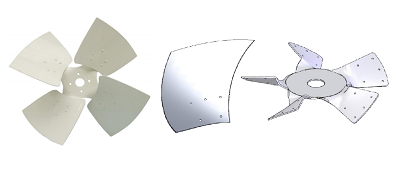
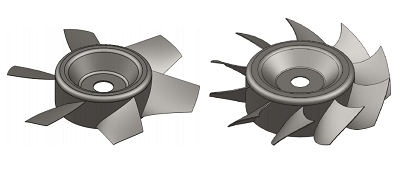
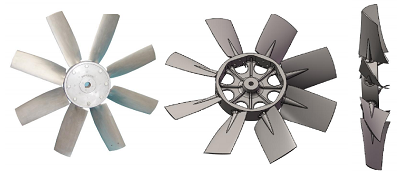
Riveted Blade-to-Hub Connection Welded Blade-to-Hub Connection Bolted Blade-to-Hub Connection
1. Riveted Blade-to-Hub Connection
Overview
Riveting is a traditional but still widely used method in the axial fan industry. In this method, the blade is fastened to the hub using metallic rivets. These rivets create a permanent mechanical joint that resists shear forces and vibration.
Advantages
-
Cost-Effective: Riveting requires less precision tooling and is often cheaper than other connection methods.
-
Stable Under Vibration: Properly installed rivets distribute stress uniformly, offering good fatigue resistance.
-
Simplicity: The process is relatively simple, making it suitable for high-volume production.
Limitations
-
Non-adjustable pitch: Once the blade is riveted, the angle is fixed.
-
Difficult Maintenance: If a blade is damaged, replacing it requires drilling out rivets and re-riveting the new blade.
Common Applications
Riveted blades are often used in fans where blade pitch adjustments are not required, such as ventilation systems with consistent airflow demands.
2. Welded Blade-to-Hub Connection
Overview
Welding involves fusing the blade and the hub material using high heat. This method creates a monolithic structure, ensuring high strength and minimal flex during operation.
Advantages
-
High Structural Integrity: Welded joints can handle high axial and radial loads.
-
Durable Under Stress: Ideal for harsh industrial environments where mechanical loads vary frequently.
-
Compact Design: Without bolts or rivets, the blade-to-hub profile can be more aerodynamic and space-efficient.
Limitations
-
No Adjustability: Like riveted joints, welded blades have a fixed pitch.
-
Complex Repair: Damage to a welded blade often requires full disassembly or replacement of the entire rotor assembly.
-
Skilled Labor Required: Precision welding is essential to avoid imbalance and heat-induced deformation.
Common Applications
Welded blades are commonly used in high-pressure or high-temperature applications such as fire smoke exhaust systems or nuclear plant ventilation, where robustness is critical.
3. Bolted Blade-to-Hub Connection with Adjustable Blade Pitch
Overview
In modern axial fan systems, especially those designed for variable operating conditions, bolted connections with adjustable blade pitch have become increasingly popular. In this design, each blade is mounted to the hub using a bolted clamp or flange mechanism that allows for manual or automated adjustment of the blade angle.
Advantages
-
Adjustable Blade Pitch: Allows fine-tuning of airflow volume and pressure without changing the motor speed.
-
Ease of Maintenance: Damaged blades can be replaced without major disassembly.
-
Customizable Performance: Fan performance curves can be adjusted to optimize for seasonal or operational changes.
Limitations
-
Higher Initial Cost: The adjustable mechanism requires precision engineering and high-quality materials.
-
Potential Loosening: In poorly maintained systems, bolts can loosen due to vibration if not properly torqued or locked.
-
Heavier Design: The inclusion of adjustment mechanisms can add weight and increase inertia.
Common Applications
This method is ideal for HVAC systems, tunnel ventilation, and multi-speed industrial applications where airflow needs to be adjusted according to environmental conditions or occupancy.
Comparative Table: Blade-to-Hub Connection Methods
| Method | Blade Pitch | Maintenance | Strength | Adjustability | Cost |
|---|---|---|---|---|---|
| Riveted | Fixed | Moderate | Medium | No | Low |
| Welded | Fixed | Difficult | High | No | Medium |
| Bolted (Adjustable) | Variable | Easy | High | Yes | High |
Application Insight from SHUANGYANG FAN
At Zhejiang Shuangyang Fans Holding Co., Ltd, we understand that the connection between fan blades and hubs is a critical factor in ensuring both performance and safety. For example:
-
Our high-volume smoke exhaust fans use welded blade-to-hub connections for maximum structural integrity under high-temperature conditions.
-
For our metro tunnel and HVAC ventilation axial fans, we offer adjustable bolted blade systems to meet the evolving airflow needs of modern infrastructure projects.
This adaptability and engineering focus are what make SHUANGYANG FAN a trusted name in the industrial ventilation sector.
Conclusion
The choice of blade-to-hub connection method in industrial axial fans has far-reaching implications for performance, maintenance, and cost-effectiveness.
As industries continue to demand smarter and more adaptable ventilation systems, methods like adjustable bolted connections are likely to become more prevalent—though traditional methods such as riveting and welding still hold critical importance in many applications.
Note: The content of the article cannot avoid omissions and errors. Welcome to propose corrections.
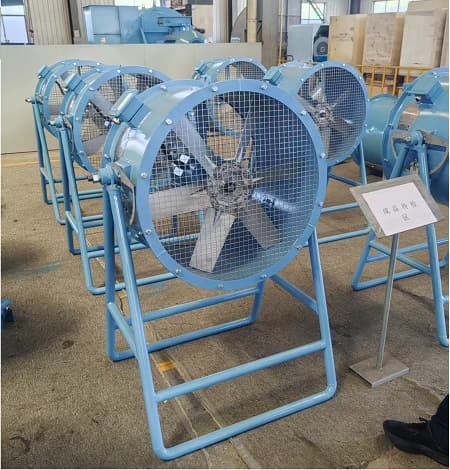 Mancooler (Workstation) Fans — Why Your Factory Needs the Right One
Mancooler (Workstation) Fans — Why Your Factory Needs the Right One
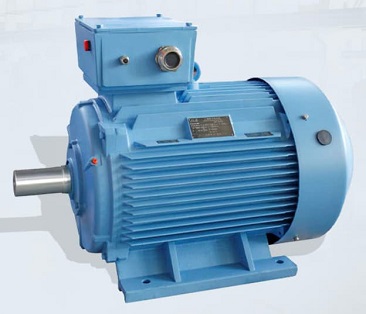 Motor Classifications in Industrial Fans
Motor Classifications in Industrial Fans
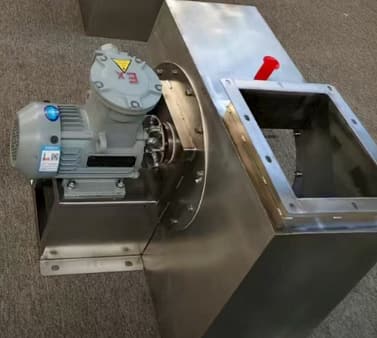 Materials for Explosion-Proof Fan
Materials for Explosion-Proof Fan
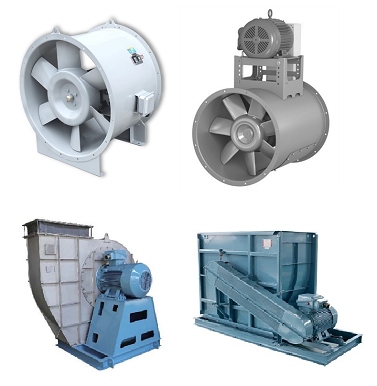 Direct Drive vs. Belt Drive in Axial Fan and Centrifugal Fan
Direct Drive vs. Belt Drive in Axial Fan and Centrifugal Fan

